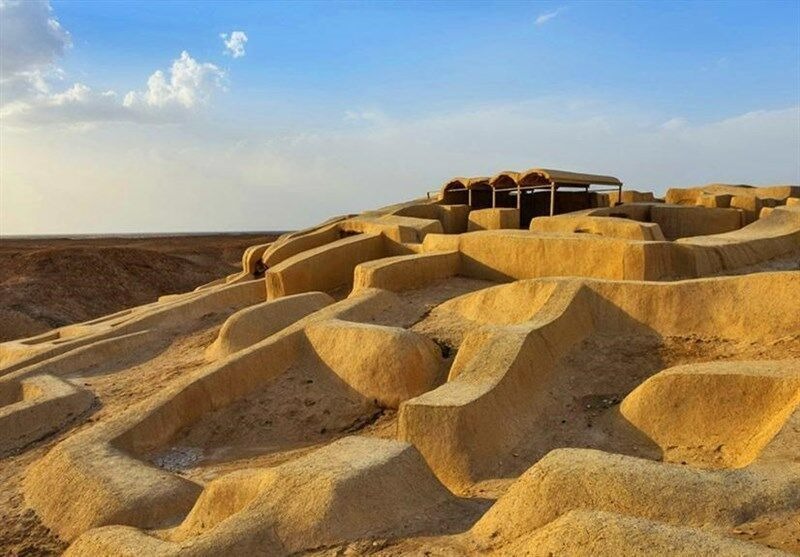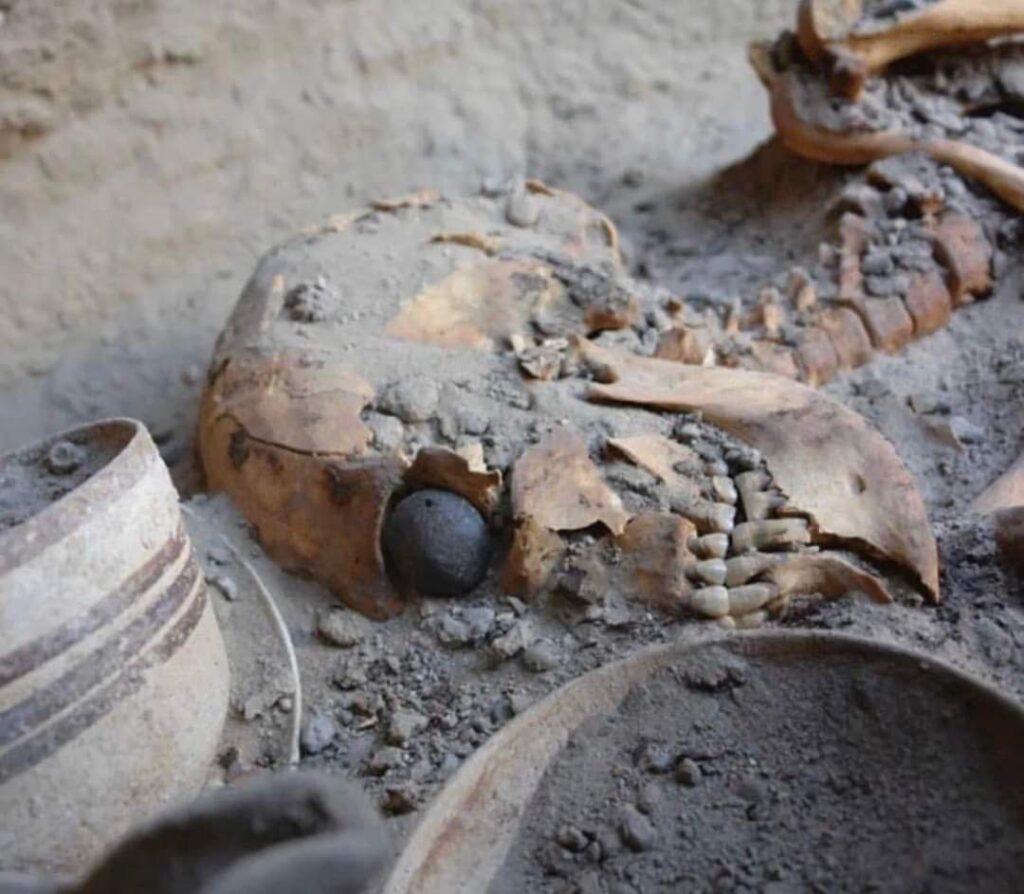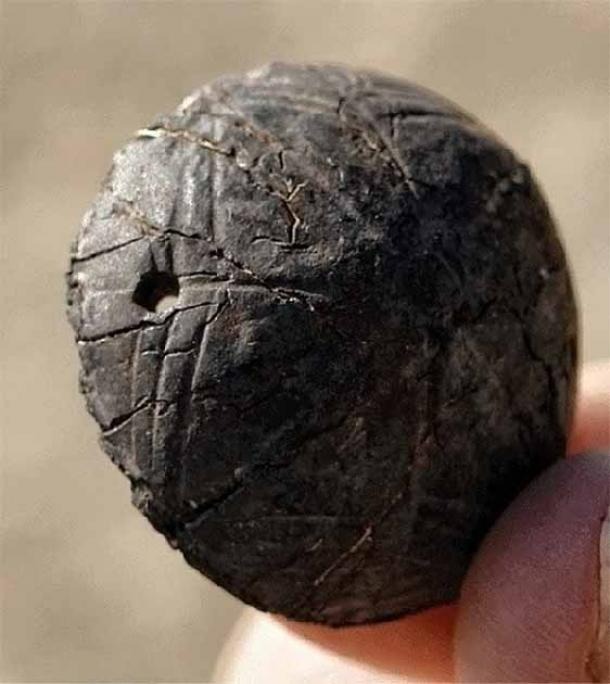
In a remarkable archaeological find, scientists have uncovered the world’s oldest known artificial eyeball. This ancient prosthetic, dating back to the Bronze Age, was discovered in the southeastern Iranian city of Shahr-i-Sokhta, a major urban center with a rich history.

The Discovery
The extraordinary artifact was unearthed in 2006 during excavations of a Bronze Age burial ground. Nestled within the eye socket of a female skeleton, the prosthetic is believed to have been created over 4,800 years ago. Made from a lightweight material, likely a bitumen-based paste, the eyeball is adorned with a thin layer of gold, featuring an engraved iris and intricate gold lines radiating outwards.

A Medical Marvel
The discovery of this ancient prosthetic eye offers invaluable insights into the medical knowledge and technological advancements of the people of Shahr-i-Sokhta. The sophisticated craftsmanship and intricate design suggest that the individuals who created this artifact possessed a remarkable understanding of anatomy and materials science.

A Symbol of Status
The luxurious design of the artificial eyeball hints that it may have belonged to a person of high social standing, possibly a noble or a priestess. The use of gold and the intricate detailing indicate that this individual was held in great esteem and wealth.

Shahr-i-Sokhta: A UNESCO World Heritage Site
Shahr-i-Sokhta, the ancient city where the artificial eyeball was found, is renowned for its rich history and cultural significance. This Bronze Age urban center was a thriving metropolis known for its advanced urban planning, early writing system, and unique artistic traditions. In 2014, Shahr-i-Sokhta was designated a UNESCO World Heritage site, recognizing its exceptional value to humanity.

The discovery of the world’s oldest artificial eyeball in Iran is a testament to the ingenuity and medical advancements of ancient civilizations. This remarkable artifact provides a glimpse into the lives and practices of the people of Shahr-i-Sokhta, shedding light on their sophisticated understanding of anatomy, materials science, and the human body.

Leave a Reply